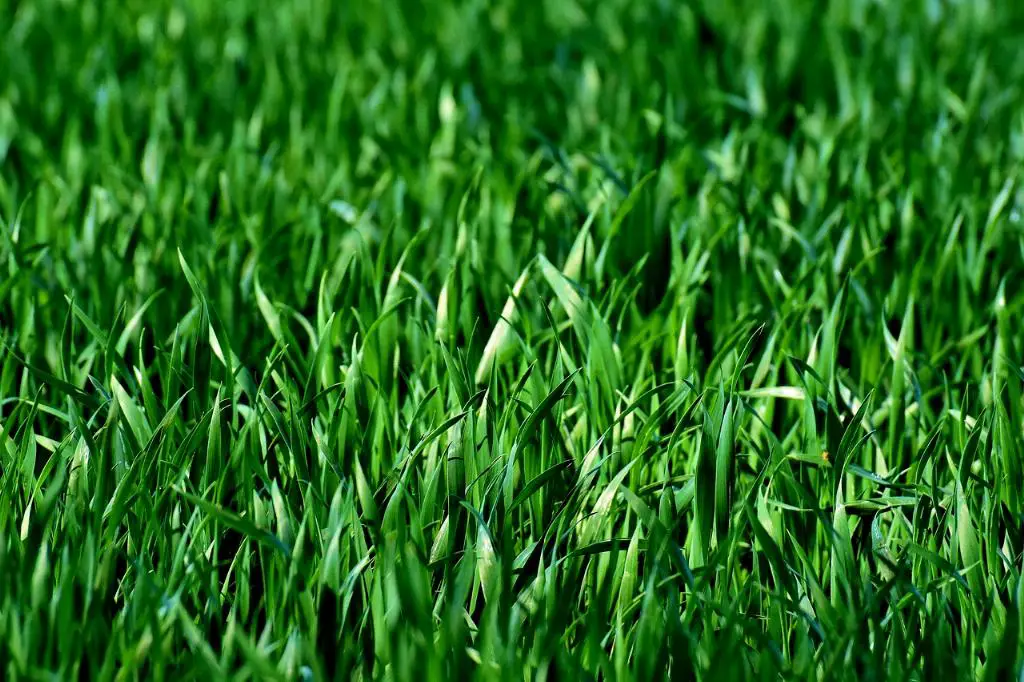When it comes to maintaining a lush, vibrant lawn, lawn scalping can be a beneficial practice. Scalping your lawn involves cutting the grass to a very short height, which can help remove thatch buildup and promote new growth. If you’re wondering how to scalp your lawn effectively, follow these expert tips for a healthier lawn.
Choosing the Right Time
Before diving into the lawn scalping process, it’s essential to choose the right time for this task. Ideally, scalp your lawn in early spring or late fall when the grass is dormant and not actively growing. Avoid scalping during the hot summer months, as it can stress the grass and inhibit healthy growth.
Adjusting Your Mower Blades
To scalp your lawn successfully, adjust your mower blades to the shortest setting possible. This will ensure a clean cut and prevent the grass from becoming too stressed during the process. Take the time to sharpen your mower blades before scalping to achieve a precise cut.
Gradual Scalping Process
It’s essential to approach lawn scalping gradually to avoid damaging the grass. Start by mowing the lawn at a slightly higher setting than usual, then gradually lower the blades with each subsequent mowing session. This gradual approach will help prevent shock to the grass and promote healthier regrowth.
Bagging the Clippings
When scalping your lawn, make sure to bag the clippings to prevent thatch buildup and encourage proper airflow to the grass. Thatch can hinder water and nutrients from reaching the soil, so removing the clippings will help maintain a healthy lawn environment.
Post-Scalping Care
After completing the scalping process, it’s crucial to provide proper post-scalping care to your lawn. Water the grass deeply to stimulate new growth and apply a high-quality fertilizer to replenish nutrients in the soil. Avoid heavy foot traffic on the freshly scalped lawn to allow the grass to recover effectively.

Benefits of Lawn Scalping
Scalping your lawn can offer several benefits, including improved air circulation, reduced thatch buildup, and enhanced growth of new grass shoots. By removing excess thatch and promoting new growth, you can revitalize your lawn and create a more vibrant outdoor space.
